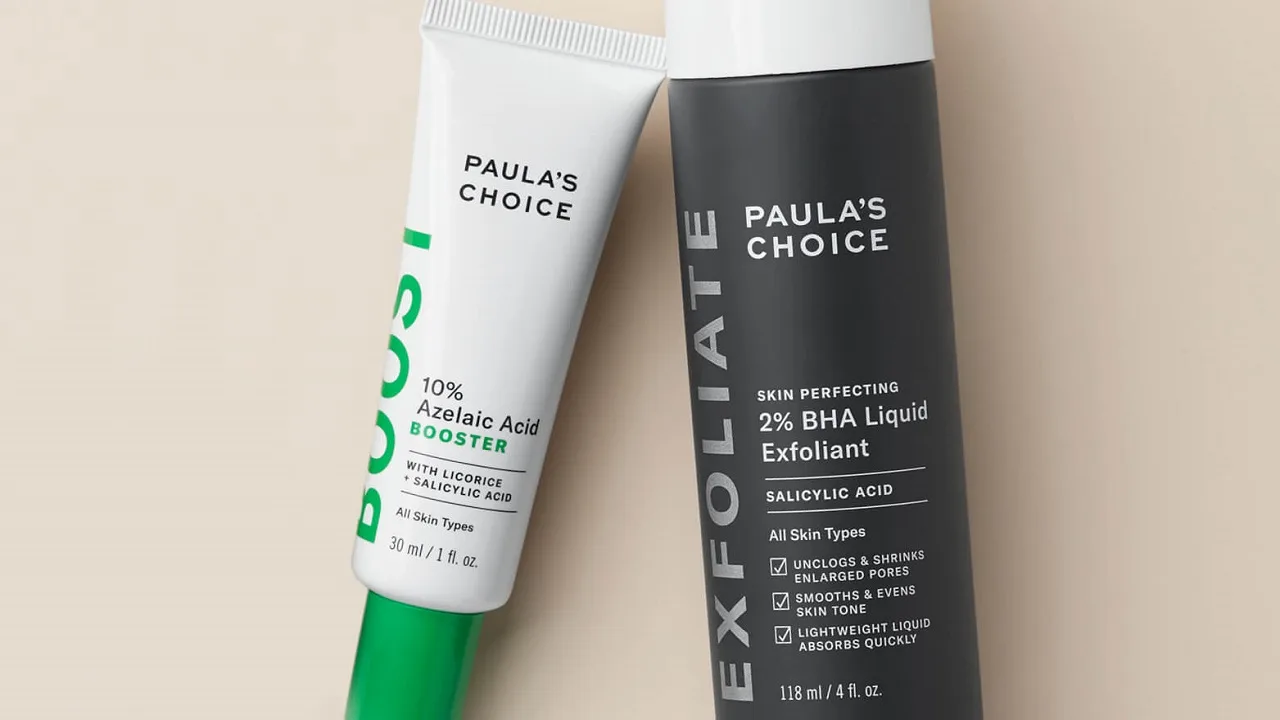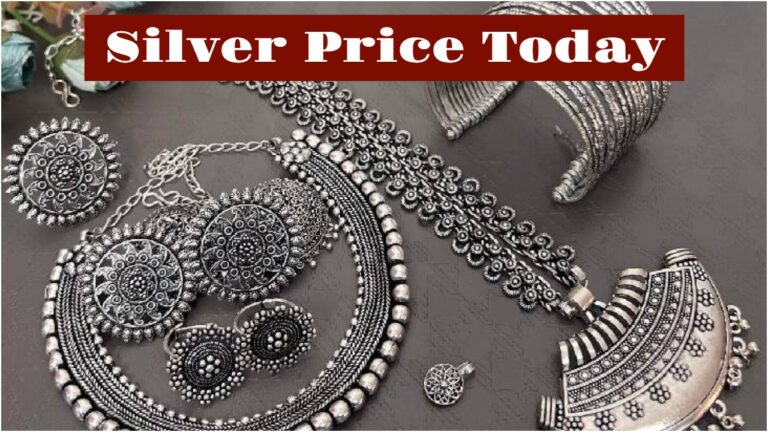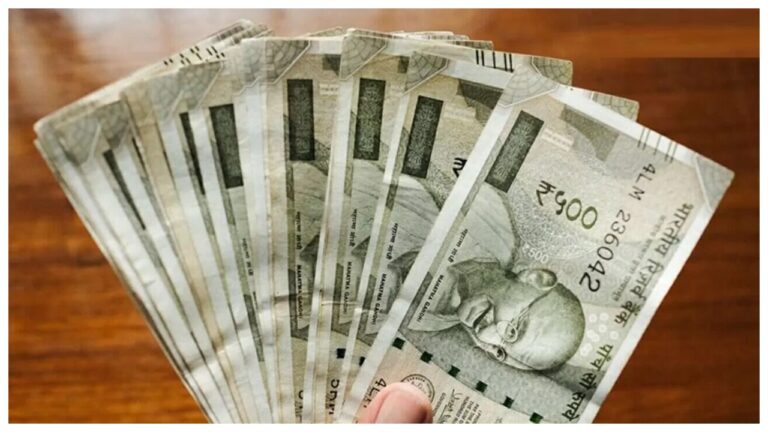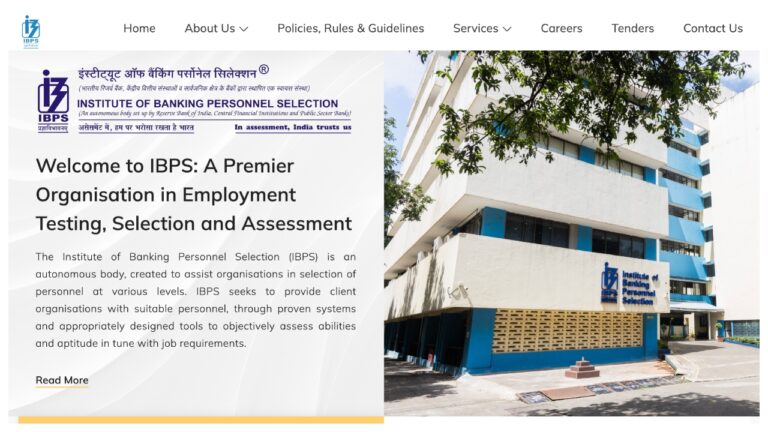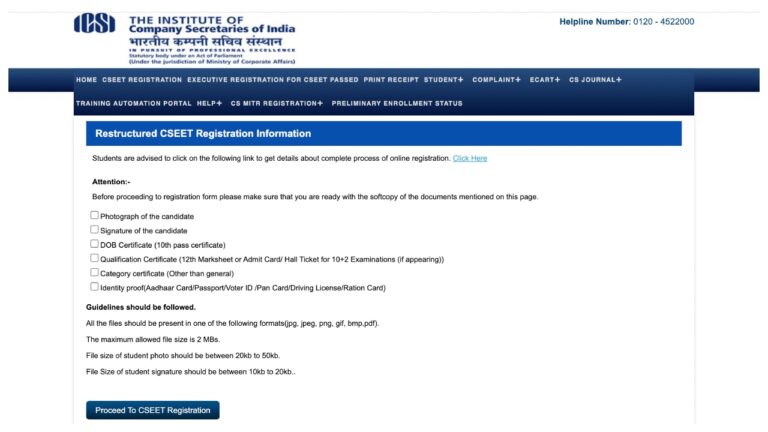1. Acne is caused by a combination of excess sebum and bacteria
Pimples are the result of the sebaceous gland overproducing sebum, which is triggered by hormones. The bacteria Propionibacterium acnes thrives in sebum, so overproduction of sebum means the bacteria have a greater chance of multiplying deep within the pores. This causes a build-up of dead skin cells on the surface of the skin and within the pore, which prevents the sebum from flowing freely out of the skin. This, combined with irritation from skincare products or sunlight, creates the perfect conditions for acne to develop. Want to learn more about acne and how it develops?
2. To fight acne, you need 2 ingredients.
Some people suffer from hormonal breakouts every now and then, while others have to deal with constant, recurring inflammation that always affects the same area. Luckily, there are two ingredients that are scientifically proven to be effective in treating acne-prone skin: salicylic acid (BHA) and benzoyl peroxide. These help reduce pimples, redness, and clogged pores. Read on for more tips on how to treat acne-prone skin.
3. How to reduce enlarged pores
When excess sebum comes into contact with dead skin cells inside your pores, your pores can become clogged. The sebum can’t drain freely from your pores, which then enlarge and become more visible. This can also be the cause of blackheads. What to do? First, avoid using rich, oily creams and bar soaps, which can clog your pores and disrupt your skin’s protective barrier. Also, use an exfoliant with salicylic acid (BHA) to remove excess skin cells that are deposited on the surface of your skin and inside your pores. You can also absorb excess sebum by applying a clay mask. Find more tips for reducing large pores here.
4. Using the right skincare products is essential
Whether your skin is acne-prone or not, always use products that are suitable for your skin type. For example, if you have oily skin, you should avoid applying creams with a heavy texture and prefer light gels or lotions. If you are not already using one, a gentle leave-on exfoliant should be part of every skincare routine. Remove the dead cells accumulated on your skin and unclog your pores, with the help of salicylic acid. More tips for having smooth and even skin.
5. It is impossible to “scrub away” blackheads
Scrubs are not effective enough because they only work on the surface of the skin, while blackheads develop deeper inside the pores. In addition, scrubs can irritate the skin and increase both sebum production and clogged pores. Find out how to effectively remove blackheads in this article: 6 Ways to Get Rid of Blackheads.
6. Teenage acne can be treated
with the right skincare products. Unfortunately, most teen skincare products contain unnecessary irritants that make skin oily and lead to breakouts. Treating teen acne involves 4 simple steps: 1. Use a gentle facial cleanser 2. Exfoliate with a BHA-based product 3. Protect your skin from sun damage and irritation daily with SPF30 or higher 4. Use products with benzoyl peroxide. This is the most effective over-the-counter product for treating pimples and can be purchased at your local pharmacy or health food store. Learn more here.
7. Deep atrophic scars cannot be treated with a skincare product.
In some cases, acne blemishes can leave scars (marks or dimples) on the skin. Unfortunately, there is no skincare product that can help you get rid of these scars. However, you may want to consider dermal fillers to plump up your skin and make them less visible. Combine them with AHA or BHA peels or a series of fractional laser treatments for best results. The important thing is to never try to remove pimples on your own, to reduce the risk of permanent scarring. Ask a dermatologist for advice
